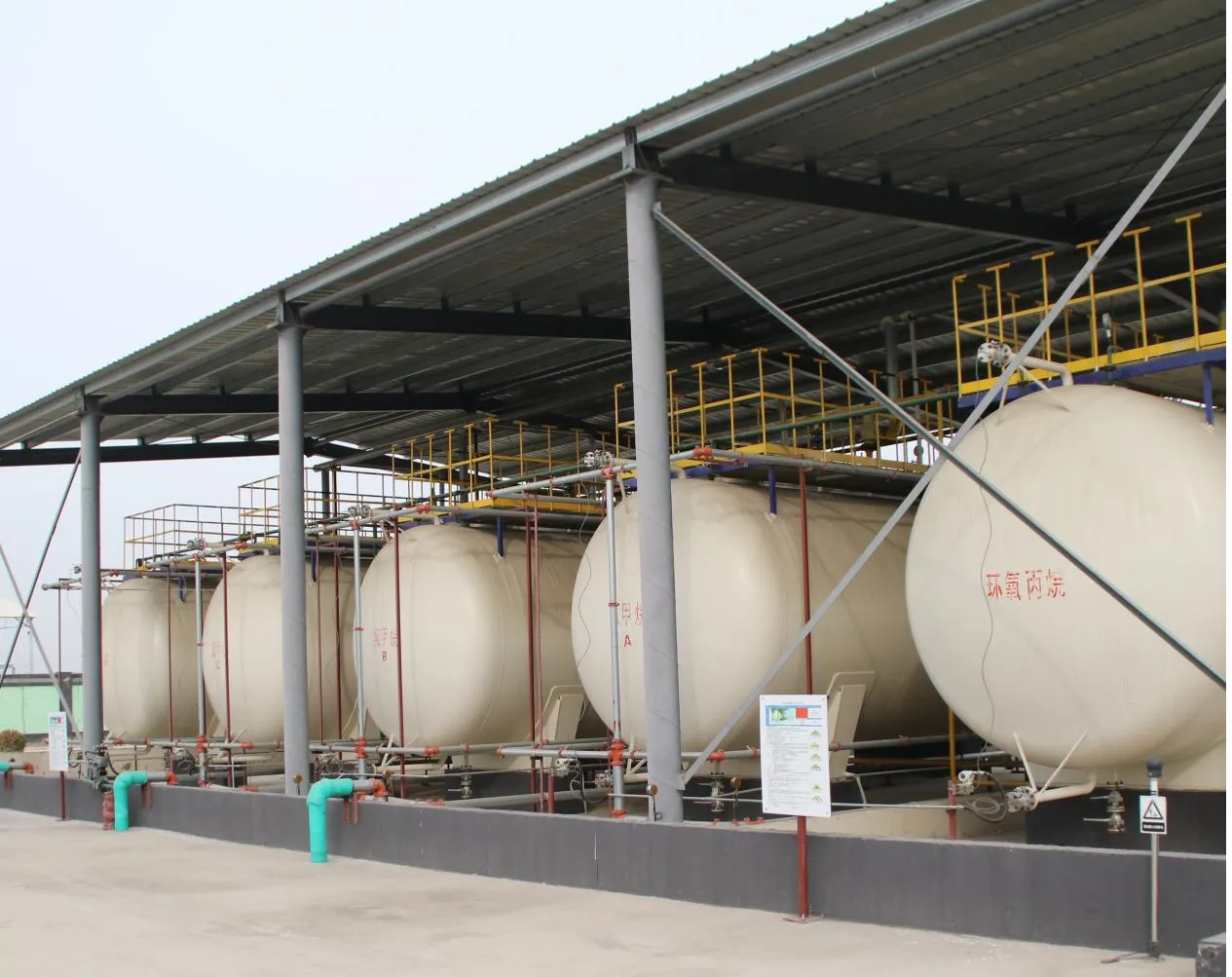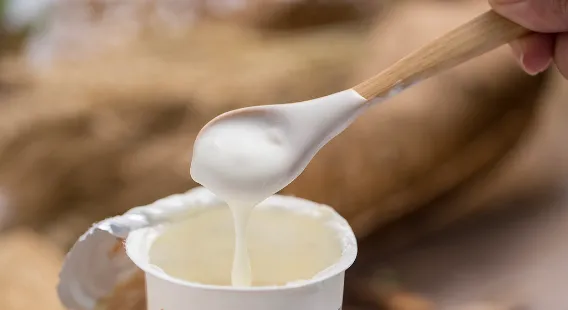
Exploring the Different Types of Cellulose and Their Industrial Applications
Cellulose is a naturally abundant polymer with diverse applications spanning industries such as food, packaging, pharmaceuticals, and manufacturing. Understanding the different types of cellulose and their unique properties is crucial for leveraging their full potential. From derivatives like carboxymethyl cellulose and hydroxy propyl methyl cellulose to innovations such as microfibrillated cellulose, the versatility of cellulose continues to grow. This article delves into cellulose types, their solubility, sources, and industrial uses including cellulose food packaging and cellulose sanding sealer.

1. Different Types of Cellulose and Their Properties
Cellulose is primarily obtained from plant cell walls, providing structural integrity to plants. However, it is insoluble in water in its native form, requiring modifications for practical uses. For instance, cellulose soluble in water generally refers to chemically modified celluloses like carboxymethyl cellulose (CMC) and hydroxyethyl cellulose (HEC).
کاربوکسی میتھائل سیلولوز is a water-soluble derivative widely used as a thickener and stabilizer in food products. It enhances texture and shelf life, making powdered cellulose in food a common additive for dietary fiber enrichment. Similarly, hydroxy propyl methyl cellulose (HPMC) finds applications in pharmaceuticals and construction as a binder and film-forming agent.
Another innovative form is microfibrillated cellulose, which is produced by mechanically breaking down cellulose fibers into nano-scale fibrils. This form exhibits high strength and excellent barrier properties, making it ideal for cellulose food packaging and composites.
In the coating industry, cellulose sanding sealer is used to prepare surfaces for painting by sealing pores and providing a smooth finish. Meanwhile, the cellulose acetate butyrate manufacturer sector caters to film and coating needs due to the material’s toughness and clarity.
Industrial production often relies on cellulose ether factories to produce derivatives like CMC, HEC, and HPMC for diverse sectors including cosmetics, pharmaceuticals, and food.

2. Cellulose: Extraction, Solubility, and Functional Uses
Cellulose is obtained from natural sources such as wood pulp, cotton, and agricultural residues. However, native cellulose is challenging to dissolve due to its crystalline structure. Scientists employ methods such as dissolving cellulose in sodium hydroxide, a common alkaline solvent system that swells cellulose fibers and allows for processing into derivatives or films.
The enzymatic breakdown of cellulose is achieved by cellulase, an enzyme that breaks down cellulose into glucose units. This process is vital in biofuel production and recycling of plant-based waste.
In food industries, powdered cellulose in food acts as a non-digestible fiber and bulking agent. Its stability and insolubility make it useful as a filler and anti-caking agent. Modified celluloses like carboxymethyl cellulose and hydroxyethyl cellulose (HEC) improve viscosity and texture.
A common query is what is the difference between cellulose and starch. Both are polysaccharides but differ structurally: cellulose has β-1,4-glycosidic bonds creating straight chains that form strong fibers, while starch has α-1,4 and α-1,6 bonds resulting in branched, energy-storage molecules digestible by humans.
The Expanding Role of Cellulose and Its Derivatives in Industry
Cellulose and its derivatives such as carboxymethyl cellulose, hydroxy propyl methyl cellulose, and microfibrillated cellulose are pivotal to many modern applications. Whether it’s enhancing food products through powdered cellulose in food, improving packaging sustainability with cellulose food packaging, or facilitating smooth finishes via cellulose sanding sealer, cellulose continues to innovate.
The ability to modify cellulose’s solubility and function, using methods like dissolving cellulose in sodium hydroxide, has opened new avenues in pharmaceuticals, construction, and bio-based materials. Understanding different types of cellulose and their specific roles enables industries to harness this natural polymer’s full potential.
FAQs
What are the different types of cellulose used in industry?
Common types include natural cellulose, carboxymethyl cellulose, hydroxy propyl methyl cellulose, hydroxyethyl cellulose (HEC), and microfibrillated cellulose. Each has unique properties suited for specific applications.
How is cellulose obtained and dissolved for industrial use?
Cellulose is obtained fromplants such as wood and cotton. To process cellulose, it is often dissolved in sodium hydroxide solutions which swell the fibers, enabling chemical modification or fabrication.
What is the difference between cellulose and starch?
Cellulose is a structural polymer with β-glycosidic bonds, making it insoluble and fibrous. Starch is a storage carbohydrate with α-glycosidic bonds, making it digestible and branched.
What are the uses of microfibrillated cellulose?
Microfibrillated celluloseoffers high strength and barrier properties, making it valuable in cellulose food packaging, composites, and sustainable materials.
What is cellulose sanding sealer and where is it used?
Cellulose sanding sealeris a coating used in woodworking and manufacturing to seal surfaces before painting, ensuring a smooth, even finish.
-
Hydroxypropyl Starch as a Sustainable Construction AdditiveNewsNov.24,2025
-
The Gelation Properties of CMCNewsNov.21,2025
-
Redispersible Latex Powder and Water Retention CapacityNewsNov.21,2025
-
Dosage Control for Polycarboxylate Water ReducerNewsNov.21,2025
-
Film-Forming Properties of Polyvinyl AlcoholNewsNov.21,2025
-
The Function of Gypsum Additives in MortarNewsNov.21,2025





















